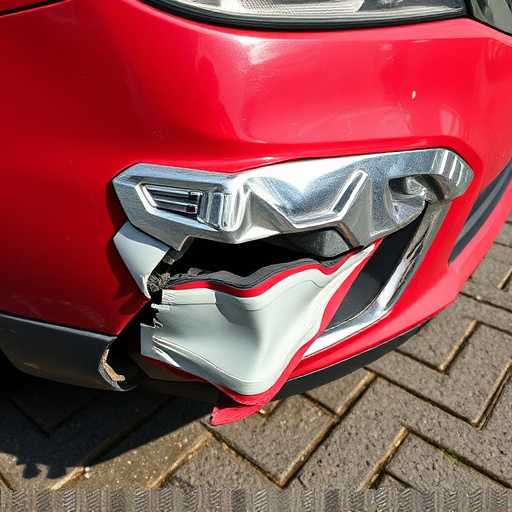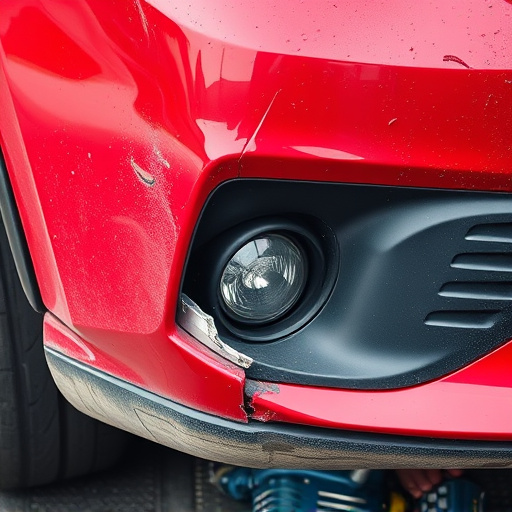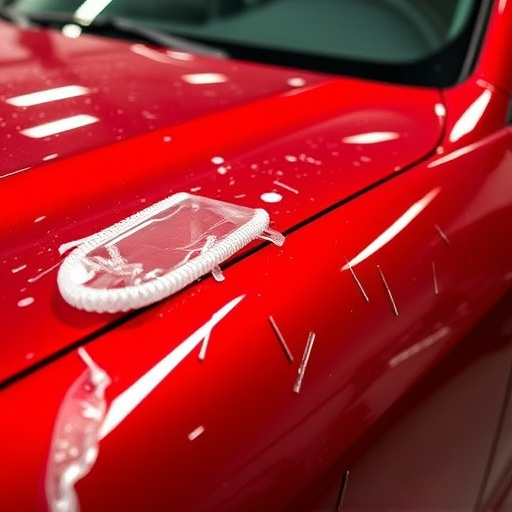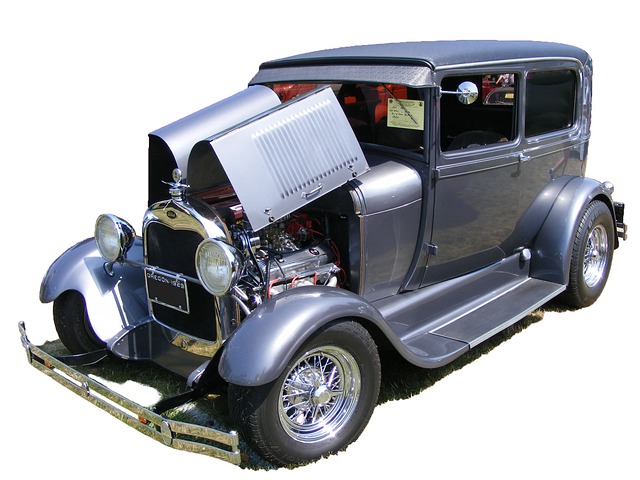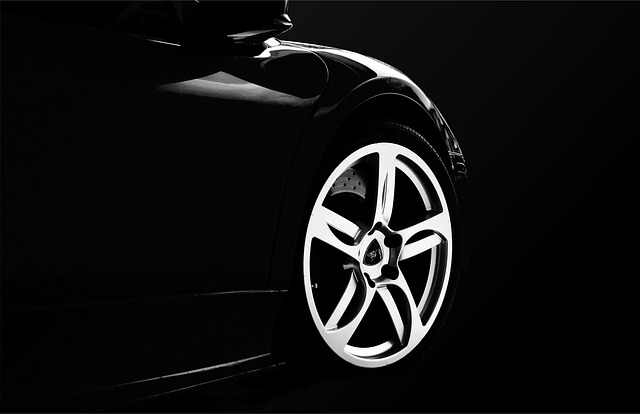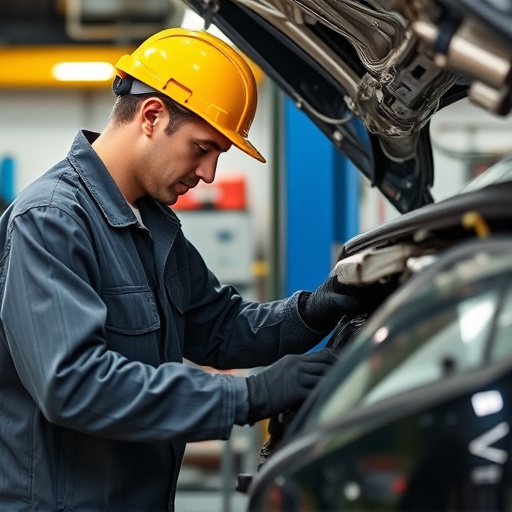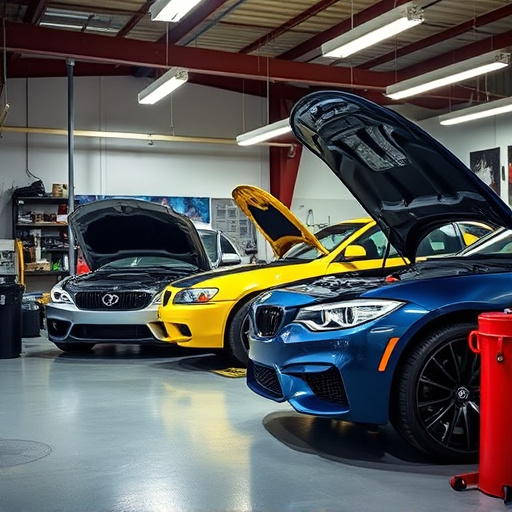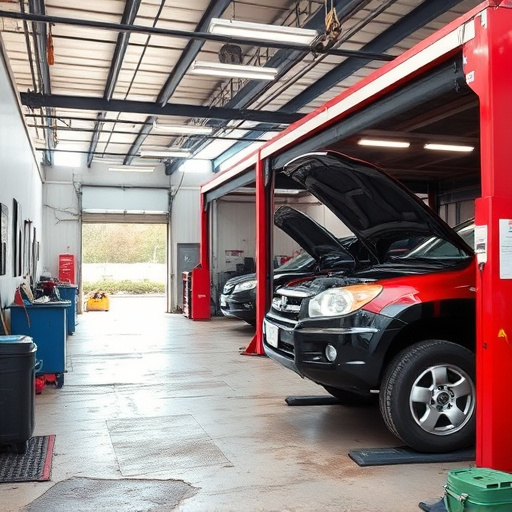North Side Collision Repair prioritizes top-quality, safe vehicle restoration through rigorous quality control measures, comprehensive training for technicians, and advanced technology. Standardized procedures and regular tool calibrations ensure accuracy and consistency in every repair step, while clear communication and additional services like auto detailing enhance customer satisfaction. These practices solidify the reputation of North Side Collision Repair shops, setting them apart in a competitive market.
In the competitive automotive industry, maintaining rigorous quality control standards is paramount, especially within the realm of North Side collision repair. This article delves into the essential practices and key components that define excellence in this domain. From understanding the unique North Side collision repair standards to ensuring customer satisfaction, we explore best practices that elevate workshop performance. By adhering to these guidelines, North Side businesses can foster a reputation for reliable, high-quality vehicle restoration.
- Understanding North Side Collision Repair Standards
- Key Components of Quality Control in Collision Repair
- Ensuring Customer Satisfaction: Best Practices for North Side Workshops
Understanding North Side Collision Repair Standards
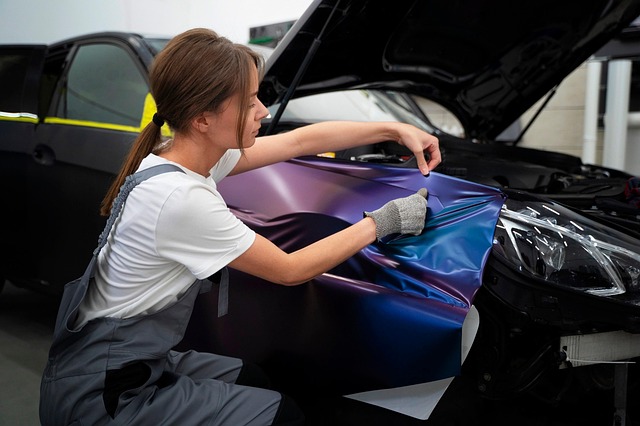
Understanding North Side Collision Repair Standards plays a pivotal role in ensuring top-notch vehicle restoration and safety. The North Side, renowned for its bustling automotive scene, has set stringent quality control standards to meet the diverse needs of car owners. These standards encompass every facet of collision repair, from meticulous car body repair techniques to adherence to strict environmental regulations during the reconstruction process.
By prioritizing quality, these standards guarantee that every north side collision repair service aligns with the highest industry benchmarks. This commitment is further solidified by regular training sessions and certifications for technicians engaged in automotive collision repair. As a result, residents can expect nothing but excellent car restoration services that not only restore their vehicles to pre-accident condition but also enhance their overall driving experience.
Key Components of Quality Control in Collision Repair
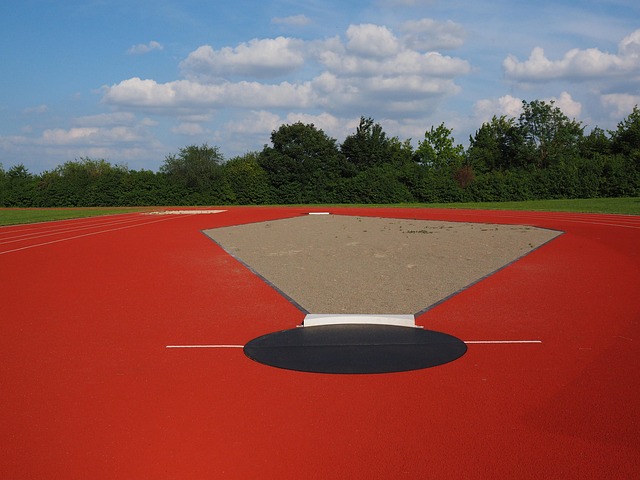
The key components of quality control in north side collision repair encompass several critical practices designed to ensure meticulous craftsmanship and customer satisfaction. Firstly, rigorous training and certification for all technicians are essential. These professionals must stay abreast of industry advancements and best practices in auto body shop repairs, including expert-level auto dent repair and bodywork techniques. Standardized procedures and protocols also play a pivotal role, establishing clear guidelines for every step of the repair process from initial assessment to final inspection.
Secondly, quality control involves the use of high-precision equipment and tools to guarantee accuracy in measurements and repairs. This includes sophisticated technology for aligning panels, repairing dents, and ensuring color matching across all auto bodywork surfaces. Furthermore, regular calibration and maintenance of these instruments are non-negotiable to maintain consistent standards. Regular audits and inspections by seasoned technicians or quality control specialists serve as a final safeguard, verifying compliance with established norms and identifying any areas needing enhancement in north side collision repair operations.
Ensuring Customer Satisfaction: Best Practices for North Side Workshops
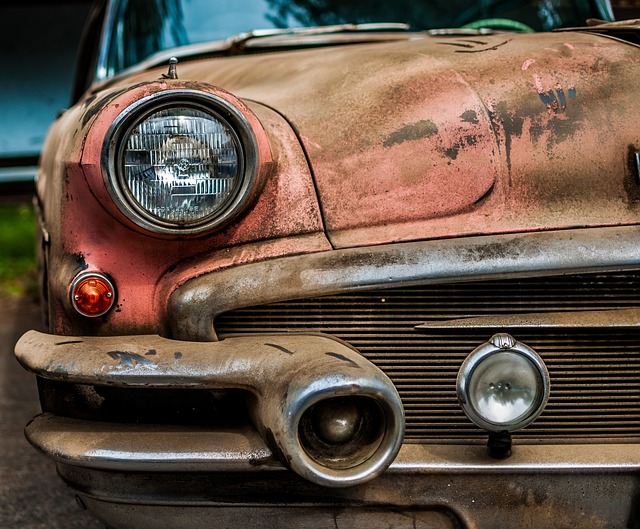
Ensuring customer satisfaction is paramount for any north side collision repair workshop aiming to stand out in a competitive market. Best practices involve establishing clear communication channels with clients, keeping them informed every step of the way during the repair process. This transparency builds trust and makes customers feel valued. Additionally, workshops should offer comprehensive car repair services that extend beyond basic repairs; including auto detailing packages can enhance the overall customer experience, leaving vehicles not only functional but also sparkling.
Another key strategy is maintaining a clean, organized workspace. A well-kept facility reflects professional standards and instills confidence in clients. Moreover, implementing rigorous quality control measures for every automotive collision repair ensures that only flawless work leaves the workshop, reinforcing the reputation of north side repair shops for excellence.
In conclusion, maintaining high standards in North Side collision repair is vital to ensure customer satisfaction and workshop reputation. By understanding and adhering to key components of quality control, such as meticulous inspection, proper training, and consistent application of industry best practices, workshops can deliver exceptional results. These standards not only safeguard the integrity of repairs but also foster trust among customers, solidifying the North Side collision repair industry’s reputation for excellence.
